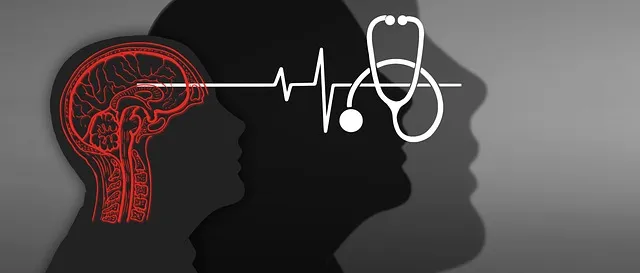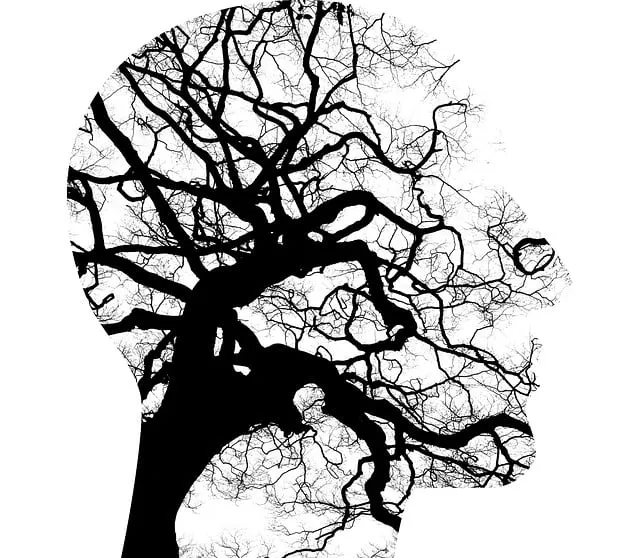The Kaiser Permanente mental health appointment center in Parker employs robust risk assessment strategies, prioritizing client safety and holistic care. By integrating medical, behavioral, and social services, evidence-based practices like emotional regulation and cultural sensitivity are tailored to individual needs. Harm minimization planning encompasses burnout prevention, stress management workshops, and regular risk assessment meetings, fostering a supportive environment that empowers patients and healthcare providers alike. Continuous improvement through case management plan reviews and patient outcome analysis ensures the center stays at the forefront of mental health care, enhancing safety and well-being at the Kaiser Permanente mental health appointment center in Parker.
“Risk assessment and harm minimization planning are vital components of safe practices in healthcare, especially within mental health care settings like Kaiser Permanente’s model appointment centers. This article delves into the foundational knowledge of risk assessment, exploring its role in creating a secure environment. We examine the comprehensive Kaiser Permanente approach and key components of harm minimization planning. Furthermore, practical strategies for implementing effective risk management at Parker Appointment Center are presented, emphasizing continuous improvement through monitoring and evaluation.”
- Understanding Risk Assessment: A Foundation for Safe Practices
- The Kaiser Permanente Model: A Comprehensive Approach to Mental Health Care
- Key Components of Harm Minimization Planning
- Practical Strategies for Implementing Risk Management at Parker Appointment Center
- Continuous Improvement: Monitoring and Evaluating Risk Assessment Effectiveness
Understanding Risk Assessment: A Foundation for Safe Practices

Risk assessment is a cornerstone in creating safe and supportive environments, especially within mental health care settings like the Kaiser Permanente mental health appointment center in Parker. It involves a systematic process of identifying, analyzing, and evaluating potential hazards and risks to ensure the well-being of clients and staff. By understanding the unique challenges and vulnerabilities presented by each individual, healthcare professionals can develop tailored strategies for harm minimization.
At the Kaiser Permanente center, risk assessment plays a pivotal role in implementing evidence-based practices, particularly when addressing complex cases. This includes considering emotional regulation techniques, cultural sensitivity in mental healthcare practice, and Trauma Support Services. By proactively assessing and mitigating risks, the center fosters an environment that not only prevents harm but also promotes positive outcomes for those seeking mental health support.
The Kaiser Permanente Model: A Comprehensive Approach to Mental Health Care

The Kaiser Permanente Model offers a comprehensive approach to mental health care, exemplified by its innovative practices at the Kaiser Permanente Mental Health Appointment Center in Parker. This model prioritizes holistic treatment, integrating medical, behavioral, and social services to address diverse patient needs. By fostering an environment that encourages open communication and embraces evidence-based practices, the center ensures effective harm minimization planning.
Effective communication strategies, such as those employed by the Kaiser Permanente Mental Health Appointment Center, serve as a cornerstone of this model. These include Stress Management Workshops designed to equip individuals with tools for coping with daily stressors, alongside Emotional Well-being Promotion Techniques tailored to individual patient profiles. This multi-faceted approach not only minimizes harm but also empowers patients to take an active role in their mental health journey.
Key Components of Harm Minimization Planning

Harm Minimization Planning involves a comprehensive approach to ensure the well-being and safety of individuals within healthcare settings, especially at Kaiser Permanente mental health appointment centers in Parker. The key components include a thorough risk assessment that identifies potential hazards and vulnerabilities. This process considers not just physical risks but also psychological and emotional factors, as burnout prevention is paramount for both patients and healthcare providers.
Effective planning translates into actionable strategies tailored to the unique needs of each center. Incorporating Burnout Prevention Strategies for Healthcare Providers can significantly enhance Emotional Healing Processes. This involves regular staff training on stress management, clear communication channels to encourage open dialogue about concerns, and robust support systems to promote work-life balance. By addressing these components holistically, Kaiser Permanente mental health appointment centers in Parker can foster a safe, nurturing environment that prioritizes harm minimization.
Practical Strategies for Implementing Risk Management at Parker Appointment Center

At Parker Appointment Center, a Kaiser Permanente mental health hub, implementing robust risk management strategies is paramount to ensuring client safety and fostering a supportive environment. One practical approach involves integrating mindfulness meditation sessions into the routine for both clients and staff. These sessions promote self-awareness exercises, enabling individuals to recognize early warning signs of potential risks and take proactive measures. By encouraging regular participation in stress management workshops, the center empowers its community with valuable tools to cope with challenging situations.
Additionally, Parker Appointment Center organizes periodic risk assessment meetings where multidisciplinary teams collaborate to review case notes, discuss client progress, and identify areas requiring additional support. This collaborative effort ensures a comprehensive understanding of individual needs, leading to tailored harm minimization plans. Through these practical strategies, the center creates a culture of resilience, empowering clients to navigate their mental health journeys with enhanced coping mechanisms and reduced risk factors.
Continuous Improvement: Monitoring and Evaluating Risk Assessment Effectiveness

At Kaiser Permanente mental health appointment centers like Parker, continuous improvement is a cornerstone of their risk assessment and harm minimization strategies. Regular monitoring and evaluation ensure that their approaches remain effective and aligned with best practices. By systematically reviewing case management plans and patient outcomes, the centers can identify areas for enhancement. This proactive process involves analyzing the success rates of various interventions, such as Resilience Building and Empathy Building Strategies, to refine coping skills development programs.
Through ongoing assessment, Kaiser Permanente can adapt to evolving challenges and trends in mental health care. This dynamic approach fosters a culture of learning and improvement, ultimately enhancing patient safety and well-being. By integrating feedback from clinicians and patients alike, the centers strive to optimize their risk assessment tools and strategies, ensuring that every individual receives the most appropriate and effective support.
Risk assessment and harm minimization planning are vital components in ensuring patient safety, especially at a bustling Kaiser Permanente mental health appointment center like Parker. By implementing comprehensive strategies, such as those outlined in this article, healthcare providers can create a robust framework for managing risks effectively. The Kaiser Permanente Model serves as an excellent guide, emphasizing the importance of understanding risk assessment as a foundation for safe practices. Key components, including practical strategies and continuous improvement through monitoring, enable centers like Parker to foster a culture of safety. These measures not only protect patients but also enhance the overall quality of care provided at these leading healthcare facilities.






